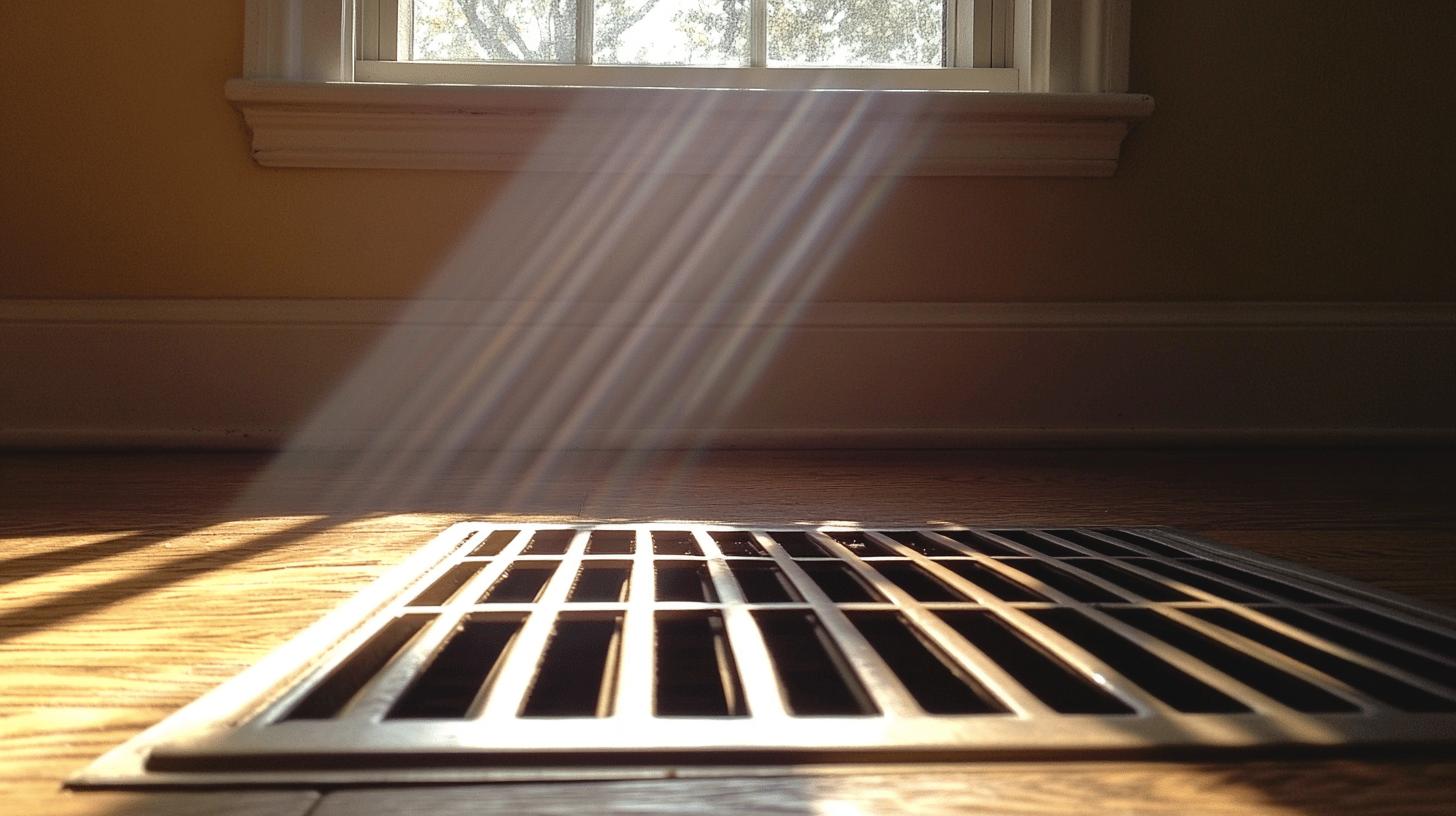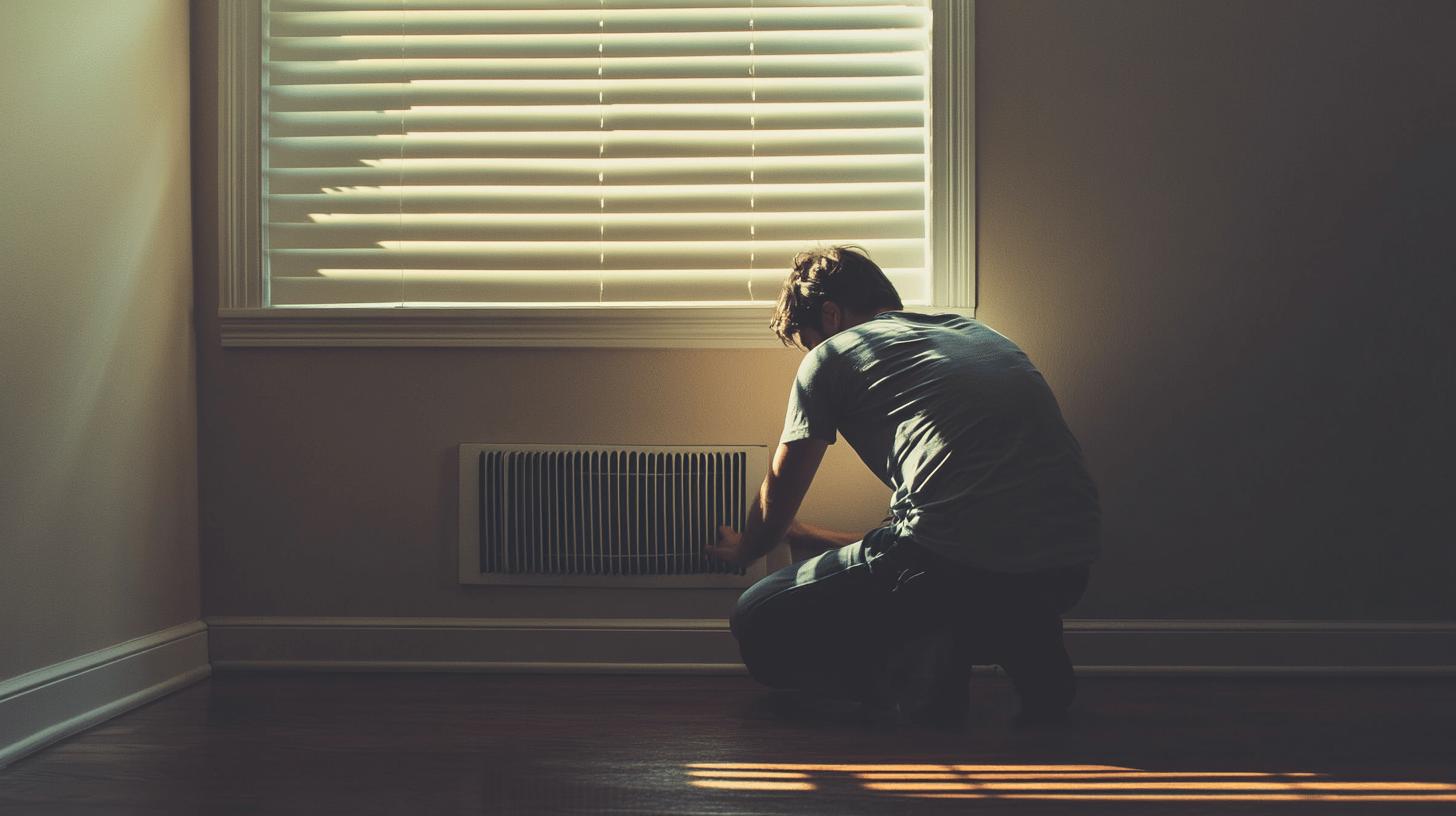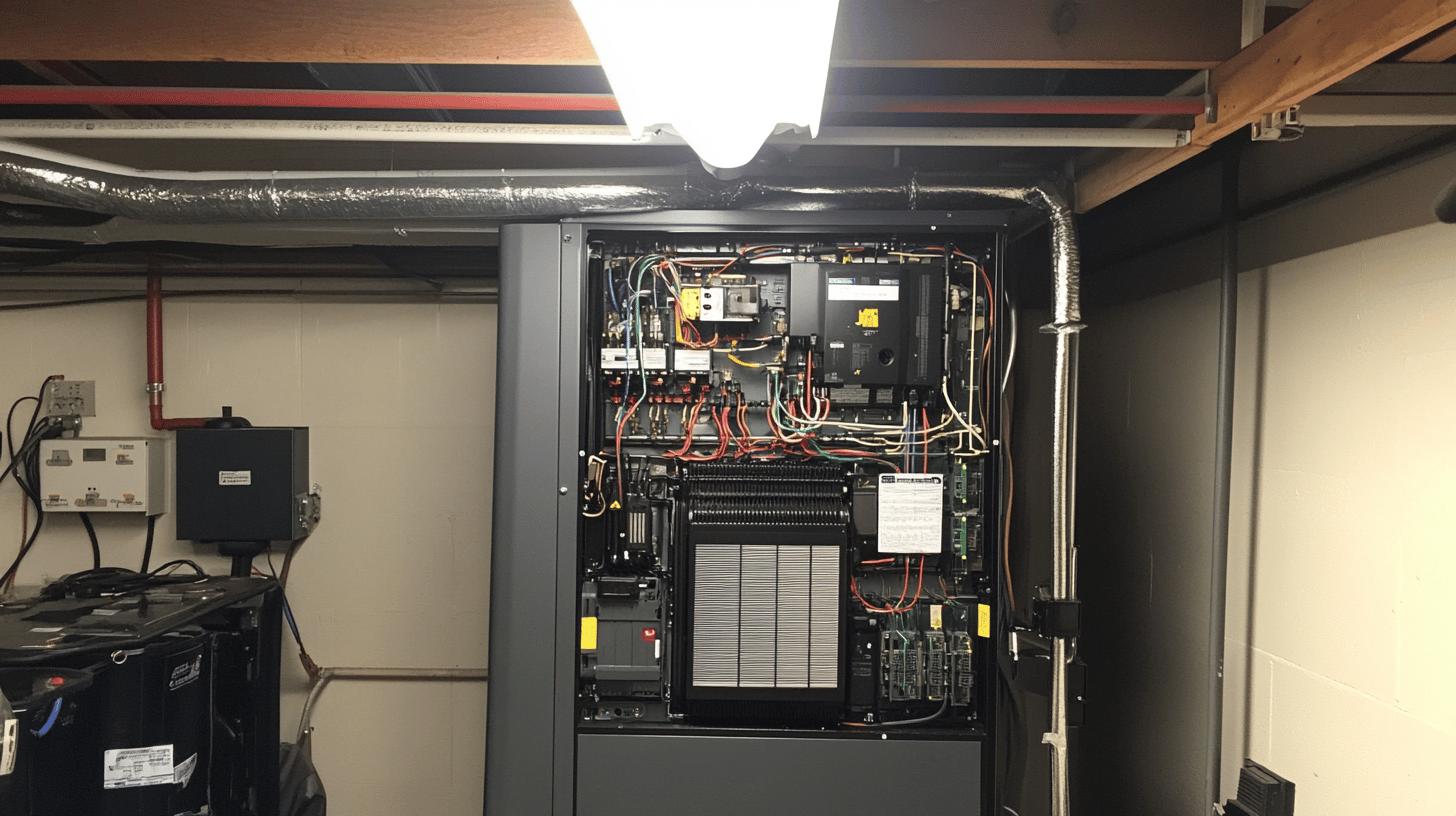It’s the filter—a small yet powerful component that determines the quality of air circulating in your home. Without filters, HVAC systems would simply spread dust, pollen, and other airborne particles throughout your living space, compromising air quality and your health. In this article, you’ll learn why filters are indispensable in any HVAC system and how regular maintenance can keep your system running smoothly. Stick around to uncover the vital role these filters play in ensuring a clean and efficient indoor environment, also answering the question, Do HVAC systems have filters?
Do HVAC Systems Include Filters?
Yes, HVAC systems do have filters, which play a key role in keeping indoor air clean. They capture dust, pollen, and other airborne particles. Filters improve air quality and also enhance the system’s efficiency. By blocking contaminants, they protect both the HVAC components and the health of people inside buildings.
Regular maintenance of HVAC filters is important. Check and replace filters every 1 to 3 months, based on usage and type. This prevents clogging, which lowers system efficiency and raises energy costs. Clean filters help your system last longer and keep air quality high.
Filters are commonly found in several locations within HVAC systems:
- Near the return air duct
- In front of the fan
- Inside duct openings
- Behind the return air grill
- Between the return duct and the air handler
The Importance of HVAC Filters

HVAC systems have filters for a reason. They are vital for maintaining indoor air quality. Filters capture harmful particles like dust, pollen, pet dander, and smoke. This is especially helpful for those with allergies or asthma. Cleaner air means fewer respiratory issues and better overall health.
Clean filters also make HVAC systems work more efficiently. They prevent debris from clogging the system, allowing proper airflow. This means the system doesn’t have to work as hard, saving energy and reducing utility bills. With clean filters, the HVAC unit maintains temperature more effectively and cost-efficiently.
Routine filter maintenance extends the life of your HVAC system. By regularly checking and replacing filters, you lessen the strain on components and reduce overheating risks. Clean filters protect parts like the fan motor from excessive wear and tear. This approach ensures your system runs smoothly and keeps your home comfortable for years.
Types of HVAC Filters and Their Functions
HVAC systems offer different types of filters to meet various air quality needs and budget limits. Knowing these options helps you choose the right filter for your system.
1. Fiberglass Filters
Fiberglass filters are budget-friendly and made to catch larger particles like dust and lint. They offer basic filtration but are not great at trapping smaller particles, such as pollen. These filters are cost-effective but might not be ideal for people with allergies.
2. Pleated Filters
Pleated filters, made of cotton or polyester, perform better than fiberglass ones. Their folded design increases surface area, letting them capture more particles. With MERV ratings from 5 to 13, they effectively trap smaller particles, improving indoor air quality. This makes them a popular, moderately priced option for homeowners.
3. HEPA Filters
HEPA filters are known for their high filtration efficiency, capturing 99.97% of tiny particles. They’re ideal for those with allergies. HEPA filters excel at removing dust, pollen, and bacteria. While effective, they may need HVAC system modifications due to airflow restrictions and are pricier than other types.
4. Electrostatic Filters
Electrostatic filters use a static charge to catch particles like dust and smoke. They come in washable and disposable forms. Reusable filters reduce waste and can be cost-efficient over time. While not as effective as HEPA filters in catching tiny particles, they are an eco-friendly choice.
How to Maintain and Replace HVAC Filters

Regularly checking and replacing HVAC filters is vital for good air quality and system efficiency. Clean filters prevent contaminants from circulating and reduce system strain, saving energy and avoiding failures. This is especially important for those with allergies or respiratory issues.
To maintain and replace filters, find the filter compartment, often near the return air duct. Follow these steps:
- Turn off the HVAC system.
- Remove the old filter carefully.
- Insert the new filter, ensuring the correct size and orientation.
- Verify installation to ensure the system operates correctly.
Always refer to the HVAC manual for specific instructions, as improper installation can affect performance.
Filter replacement frequency varies by type, usage, and environment. Homes with pets or smokers may need more frequent changes. Generally, check filters monthly and replace them every 1 to 3 months. Fiberglass filters may require more frequent changes than pleated or HEPA filters. Timely filter updates maintain air quality and extend system life.
Common Misconceptions About HVAC Filters
Not all HVAC filters are interchangeable. Many people think any filter can be used in any system, but that’s not true. Filters differ in material, efficiency, and cost. For example, a fiberglass filter might suffice for basic needs but won’t trap small particles like a pleated or HEPA filter. Choosing the right filter depends on its MERV rating, indicating efficiency. Higher-rated filters aren’t always better, as they can limit airflow and require system modifications.
Using a dirty filter affects your HVAC system’s efficiency. Clogged filters restrict airflow, making the system work harder, and increasing energy use and utility bills. Over time, this extra strain can cause overheating or failure, leading to expensive repairs. Dirty filters can’t trap pollutants effectively, allowing them to circulate and potentially cause respiratory issues.
Signs of a dirty filter include:
- Visible dirt on the filter
- Reduced airflow
- Increased allergy symptoms
Final Words
Facing the question, “Do HVAC systems have filters?” this article showcased the critical role filters play in protecting indoor air quality. Regular filter maintenance emerged as essential for optimizing system efficiency and longevity. Recognizing the diversity of filter types, we explored options from basic fiberglass to advanced HEPA filters.
Understanding how to maintain and replace these filters helps sustain both air quality and system effectiveness. By dispelling common misconceptions, you’ve gained a clearer perspective on how vital these components are. Embrace this knowledge to enjoy cleaner air and a more efficient HVAC system.
FAQ
Do HVAC systems have filters?
HVAC systems typically include filters to trap dust, pollen, and other particles, maintaining air quality and system efficiency.
Where is the filter on my HVAC unit?
HVAC filters are usually near the return air duct, in front of the fan, or inside duct openings.
Q: How often should HVAC filters be changed?
Regularly replace HVAC filters every 1 to 3 months, depending on usage and filter type, to ensure efficiency.
Q: What happens if your HVAC doesn’t have a filter?
Without a filter, HVAC systems can circulate contaminants, reducing air quality, lowering efficiency, and potentially damaging components.

